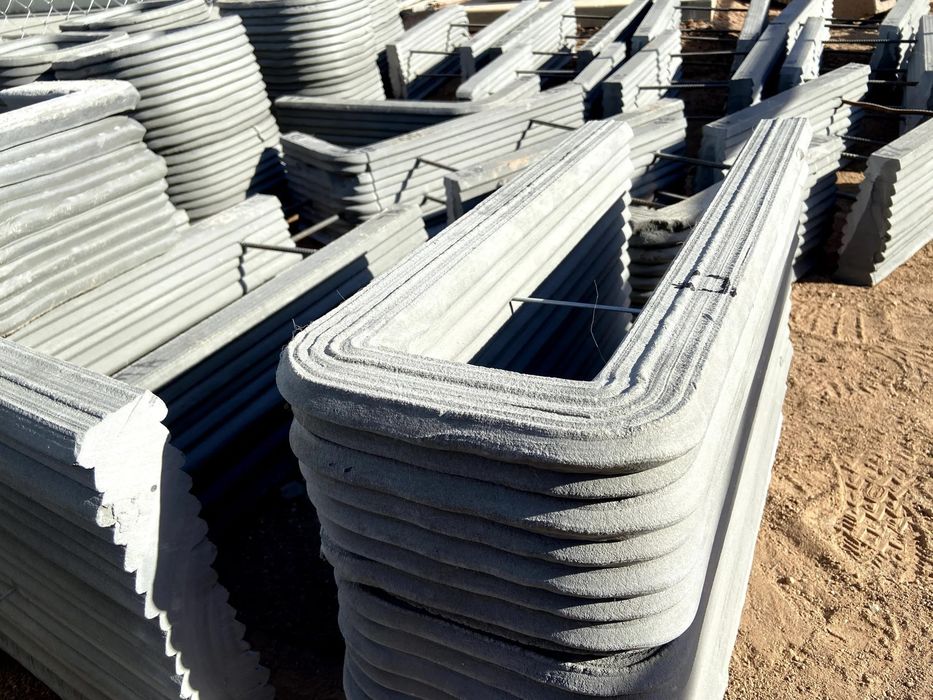
I recently had a conversation with someone attempting to implement construction 3D printing, and discovered many things.
The Promise of Construction 3D Printing
Construction 3D printing is the new technology of extruding concrete to form structures, including buildings. While the technology has long been plundered for clickbait “print a house in 24 hours” stories, the reality is that only the concrete is produced, and the remainder of the project uses traditional trades.
Nevertheless, the technology is quite promising and could reduce the cost of housing, increase the speed of construction, and even open the door to radically new building designs not previously feasible.
Nowadays, the technology is very slowly becoming known to the construction industry, and it’s anticipated that over the next few years we may see explosive growth of the technology.
Challenges in Implementing Construction 3D Printing
However, things are not quite as they may seem.
While polymer and metal 3D printers were deployed somewhat seamlessly into the industry, the same may not be the case for construction 3D printers.
As background, let’s first understand how the players involved fit together.
First, there’s the construction 3D printer manufacturer. There are several in existence today, with perhaps ICON and COBOD being the two most well-known. There are plenty of others, however, with many opting for a simple setup that includes a stock industrial robot arm with a concrete extruder on the end effector.
Then there’s the construction companies. Why construction companies? It’s because the 3D printer manufacturers don’t do building projects themselves; they merely provide equipment to builders that use them on their own projects. Stanley Tools doesn’t make cabinets; carpenters do, with their tools.
Builders already have the skills to plan and construct major projects, and also have the marketing capability to find or generate those projects. None of those skills would be found at a 3D printer manufacturer.
Bridging the Gap between High Tech and Traditional Construction
Thus, there must always be a partnership of sorts between the 3D printer manufacturer and a construction company.
But it gets deeper than that: most construction companies are smaller local or regional operations with limited scope. This is where third parties take a role. There are some larger construction organizations that have sought to develop their own skills in construction 3D printing, and they can then partner with local construction companies to provide on-the-ground expertise in the new approach, and taking a cut of the proceeds.
In a way, these third parties might serve as a kind of “translator” between the 3D printer manufacturer and the folks who actually run the system on a job site. They speak construction language.
My conversation involved a representative from an unnamed local firm that was just getting wet in construction 3D printing waters.
Navigating the Challenges of Construction 3D Printing
They found the technology to be overwhelming in many respects, but intend on working through the challenges to find a way to succeed. Certainly, the technical operation of a construction printer is new, but there were other aspects to be considered.
One was the intellectual property and payment aspects. For example, some printer vendors required agreement to a number of terms before using the system. For those of us that are used to buying software or hardware, that’s par for the course. But for a construction company, that’s not a thing.
My correspondent said:
“If I want to buy a backhoe, I just buy one and use it. There are no complex contracts to sign.”
That’s a big deal. What we’re seeing here is a slow-moving collision of the high-power software/hardware/startup/emerging tech world with day-to-day workers that run cement mixers and backhoes.
This effect was far less when polymer and metal 3D printers began to penetrate manufacturers, as they had somewhat less of an understanding gap.
This poses a problem because the cost of construction 3D printers is quite high, placing these local organizations in a difficult place: how to get involved in new tech at a very high price, yet not truly understand the world they’re getting into? This is a dilemma some risk-averse organizations will have a hard time overcoming.
Adapting to the Needs of the Construction Industry
It seems that the progress of construction 3D printing will likely follow much the same path that polymer and metal 3D printing have already successfully traversed. However, there will be new and bigger bumps along the way, and it could take much longer.
My thought here is that construction 3D printer manufacturers should recognize the environment they intend on serving and perhaps consider adjusting some of their practices to resonate better with local organizations that are not accustomed to the high-tech world.
